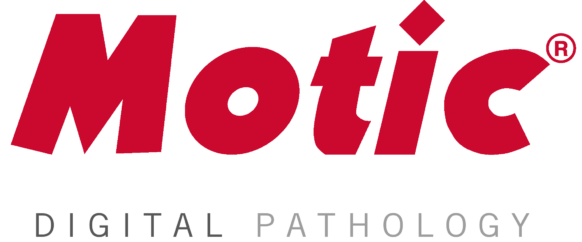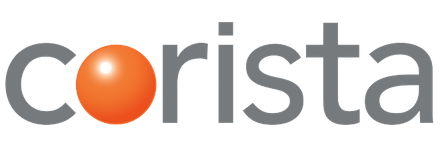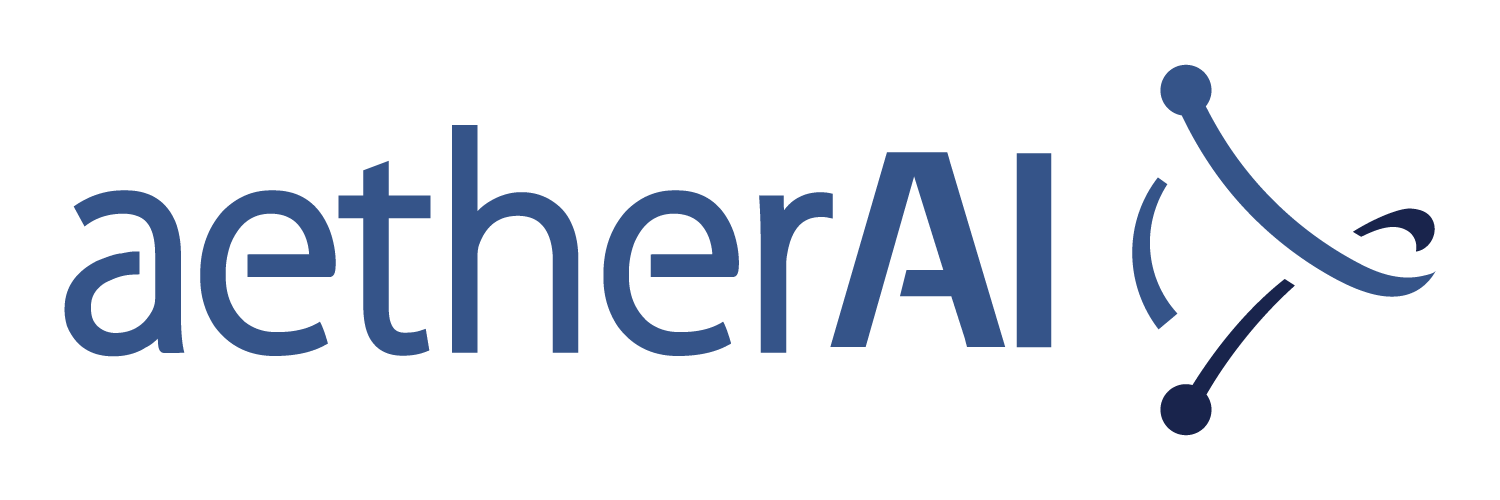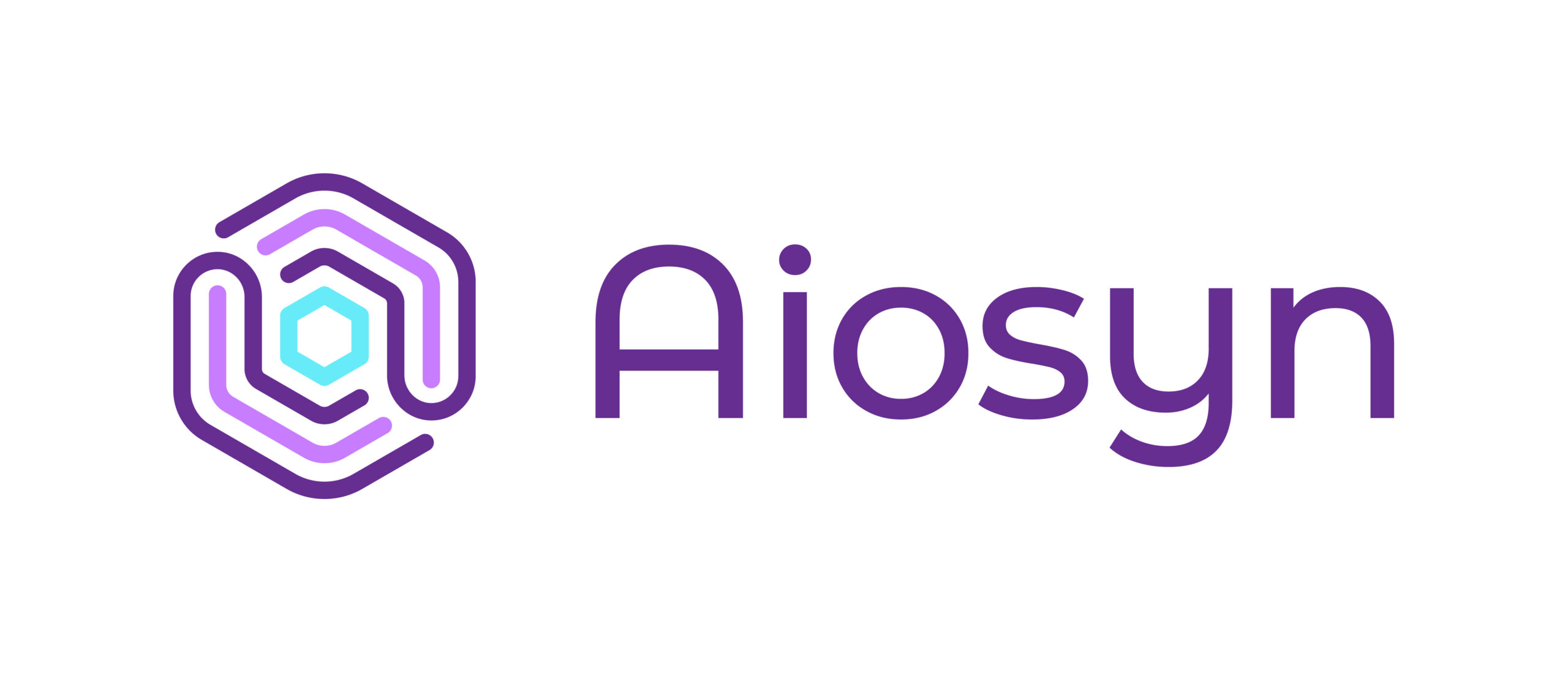AMD Telemedicine Calls on Analyst Community to Report on Telemedicine and Other Telehealth Niche Markets; Asks Journalists to Cover Niche Beats
N.AMD Telemedicine, the global leader in telemedicine equipment with more than 5000 installations in 68 countries, reecntly issued a call for analysts to provide more defined segmentation in the telehealth/telemedicine marketplace and for journalists to support this initiative by developing beats that follow each of the sectors.
Though analysts have predicted that the telehealth (also called eHealth) marketplace — which includes telemedicine — is estimated to reach $8 Billion by 2012, the definition of what the telehealth market contains is very broad and encompasses many separate sub-categories. These sub-categories include: telemedicine, remote patient monitoring, electronic medical records (EMRs), evidence based medicine (EBM), health knowledge management, and consumer health informatics.
Recent analyst reports group patient-to-patient email, robotic surgery, store and forward technology, telemedicine equipment, clinic-to-clinic video conferencing, and home monitoring devices in the same market space.
While applauding the research community’s reporting on the growth of the telehealth market, AMD president, Steve Normandin, who is also on the boards of the International Society for Telemedicine and eHealth in Zurich and the Canadian Society of Telehealth in Ontario, called for analysts to go a step further. He asked that they define and report on the various market segments within the telehealth category. He also called for journalists to aid in this initiative by building awareness for the niche markets.
"Telemedicine can be a real hope to world health; but in order to grow as an industry and be nurtured as a business segment, the general marketplace needs to understand what is being discussed," said Normandin. "It is therefore our plea to the research community to provide further telehealth market segmentation. We are also asking the journalist community to support the initiative by writing more stories about each market segment. These efforts will help to educate the broader market on the value and benefits of each niche market, as well as extend initiatives that are beginning to improve the health of the world’s population."
Normandin went on to praise the Center for Information Technology Leadership (CITL), a healthcare research firm, for developing a recent (November 2007) study (http://www.citl.org/_pdf/CITL_Telehealth_Report.pdf) on the kind of savings ($4.28 Billion) that could be achieved if clinical telemedicine were practiced over a multitude of health care settings for a period of five years.
"With health care costs rising so significantly, we need to look for ways to contain them. The CITL study provides a glimpse of the potential a clinical telemedicine initiative could achieve. And, the report itself says that its estimates are conservative," Normandin added. "If more information on segmentation for the industry were available, who knows what the savings could really be!"
Though the terms telehealth (including all the sub-categories named above) and telemedicine (often encompassing clinical telemedicine and remote patient home monitoring) are often used to cover a range of applications, the niche markets that they represent target different groups. These include:
* Clinical Telemedicine — targets clinics, hospitals, government advisory groups, physicians, and medical IT consultants
* Remote Patient Home Monitoring — targets nursing homes, senior citizens, and geriatric physicians
* Electronic Medical Records — targets hospitals, clinics, and physicians
* Evidence Based Medicine — targets physicians, nurses, hospitals, clinics, medical and nursing schools
* Health Knowledge Management — targets medical administration and IT departments
* Consumer Health Informatics — targets insurance companies, hospitals, and health systems
To support efforts to clarify market definitions, AMD offers the following primer (with help from the United States Health and Human Resources Department (HRSA), the American Telemedicine Association (ATA), Wikipedia, the Center for Evidence Based Medicine, and the Association of State and Territorial Health Officials (ASTHO)):
* Telemedicine: This is the process allowing health care professionals to use "connected" medical devices in the evaluation, diagnosis, and treatment of patients in other locations. Technologies used include telemedicine equipment, devices, and software, store-and-forward technology, and video conferencing equipment. (AMD Telemedicine) (http://www.amdtelemedicine.com/about_telemedicine.cfm)
* Remote patient monitoring: This process uses devices to remotely collect and send data to a monitoring station for interpretation. Applications might include a specific vital sign, such as blood glucose, or heart ECG, or a variety of indicators for homebound patients. Such services can be used to supplement the use of visiting nurses. (ATA) (http://www.atmeda.org/news/definition.html)
* Electronic medical record (EMR): This is a medical record in digital format. It enables easy communication of patient data between and among different healthcare professionals such as physicians, specialists, care team, and pharmacy. (Wikipedia) (http://en.wikipedia.org/wiki/Electronic_Medical_Records)
* Evidence-based medicine (EBM): This is the conscientious, explicit, and judicious use of current best evidence in making decisions about the care of individual patients (Center for Evidence Based Medicine) (http://www.bmj.com/cgi/content/full/312/7023/71). EBM enables a healthcare professional to determine whether his/her diagnosis agrees with current scientific research. The advantage of online EBM is that the scientific research can be kept up to date. (Wikipedia) (http://en.wikipedia.org/wiki/Evidence_Based_Medicine#_note-pmid15338074)
* Health knowledge management: This comprises a range of practices used by medical organizations to identify, create, represent, and distribute knowledge (Wikipedia) (http://en.wikipedia.org/wiki/Knowledge_management). Its goal is to provide a means to deliver the right health information to the right health provider at the right time. (ASTHO) (http://www.astho.org/pubs/ASTHO-Knowledge-Management.pdf)
* Consumer health informatics: This provides information on healthcare topics in language that consumers can understand.
Additionally, below are definitions for telehealth and eHealth.
* Telehealth is the use of electronic information and telecommunications technologies to support long-distance clinical health care, patient and professional health-related education, public health and health administration. (HRSA) (http://www.hrsa.gov/telehealth/default.htm)
* eHealth (also written e-health) is a healthcare practice which is supported by electronic processes and communication. The term can encompass a range of services that are at the edge of medicine/healthcare and information technology. (Wikipedia) (http://en.wikipedia.org/wiki/E-health)
About AMD Telemedicine
AMD Telemedicine is the leading, worldwide supplier of telemedicine equipment and technology devices used in telemedicine with more than 5000 installed sites in 68 countries. AMD devices and software products offer clinically acclaimed, cost-effective solutions for the most challenging medical applications. AMD also provides complete technical support in program design, device integration, training, and remedial service to assure a successful program implementation. For more information on AMD Telemedicine, please visit www.amdtelemedicine.com, or call 866-511-0923.
Contact:
Barbara Rudolph
Rudolph Communications, LLC
781-229-1811
bjr @ rudolphcommunications.com
Comments (2)
Dane EMR Saves Lives I don’t really see many journalists creating beats to cover the aspects of telemedicine. They certainly need to though. There’s a lot happening with medical care that people should really know about.

































I must say I’m quite impartial on this matter. Whilst standards of technology can be a hinderance on communication (most webcams and sounds devices associated with telemedicine are often thought not to be sophisticated enough for dealing with important dermatological and other health issues), they are certainly improving in parallel with advances in resolution display.
High definition telemedicine is already becoming popular amongst those who are unable to personally interact with their doctor/physician/dermatologist, perhaps because it gives a much clearer and detailed view of the patient making it much easier to appear that they and the doctor are in the same room.
However, the disadvantages remain and as it is early days, high definition telemedicine may not be affordable for everyone just yet.